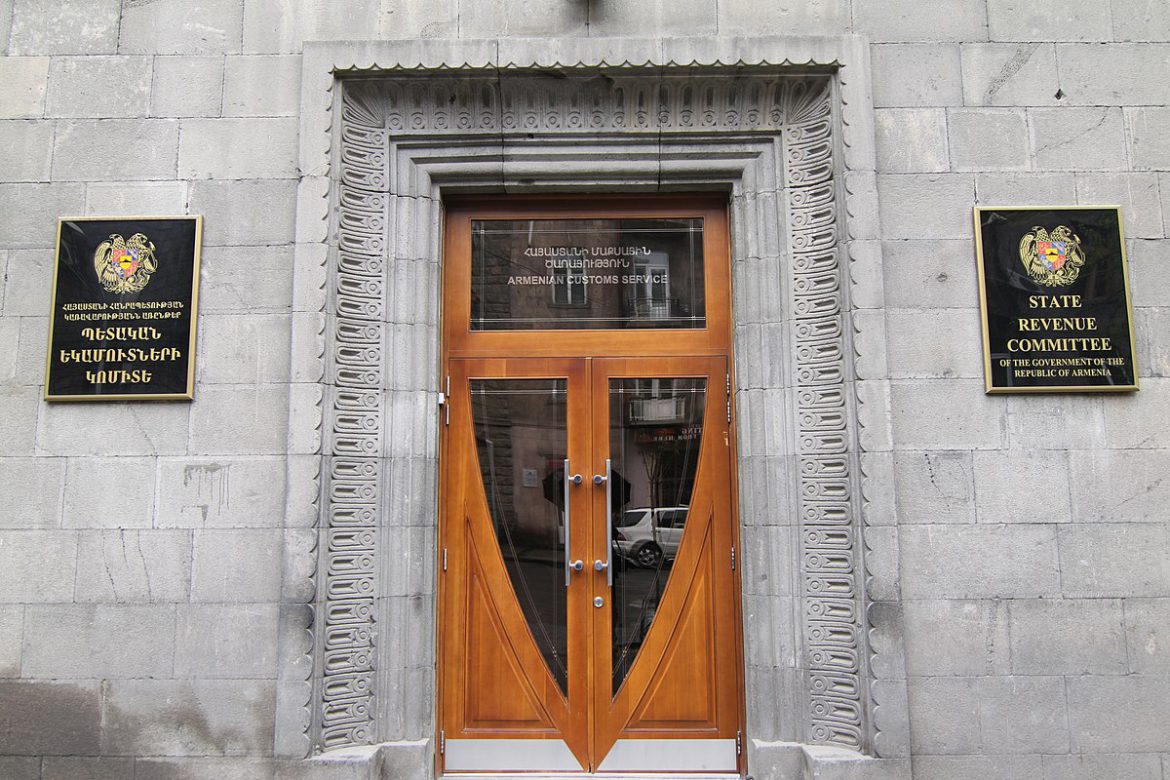Armenia’s economy continued its downward trajectory in the first two months of 2025, with official data showing a marked decline in industrial output—highlighting the growing gap between government rhetoric and economic reality.
According to the Statistical Committee, economic activity rose by just 4.1 percent year-on-year in January and February. This figure, which excludes agriculture and often paints a rosier picture than actual GDP growth, points to a continued slowdown in economic momentum.
After two years of double-digit growth, driven largely by re-exports to Russia amid Western sanctions, Armenia’s economy cooled significantly in 2024, posting a 5.9 percent growth rate. That figure was down from 8.3 percent in 2023 and 12.6 percent in 2022, when opportunistic trade dynamics rather than long-term structural reforms fueled expansion. The government, still clinging to optimistic projections, has forecast 5.1 percent growth for 2025.
While sectors such as trade, services, and construction showed some resilience, the heart of Armenia’s economy—its industrial sector—suffered a sharp contraction of 19.4 percent in the first two months of the year. The drop, driven by plummeting production in key areas like base metals, metal ores, and beverages, raises questions about the sustainability of previous growth and the government’s economic management.
Nevertheless, Prime Minister Nikol Pashinyan remained upbeat, telling an IMF official that “economic activity trends persist” and that his administration is “ensuring sustainable economic growth.” However, the continued slide in industrial production suggests that these assurances may be more political than practical.
The government’s 2021 policy program, approved with a Civil Contract majority in parliament, pledged 7 percent annual growth. That goal now seems increasingly detached from Armenia’s current economic trajectory—leaving critics to question whether policy is being guided by long-term planning or short-term political convenience.




